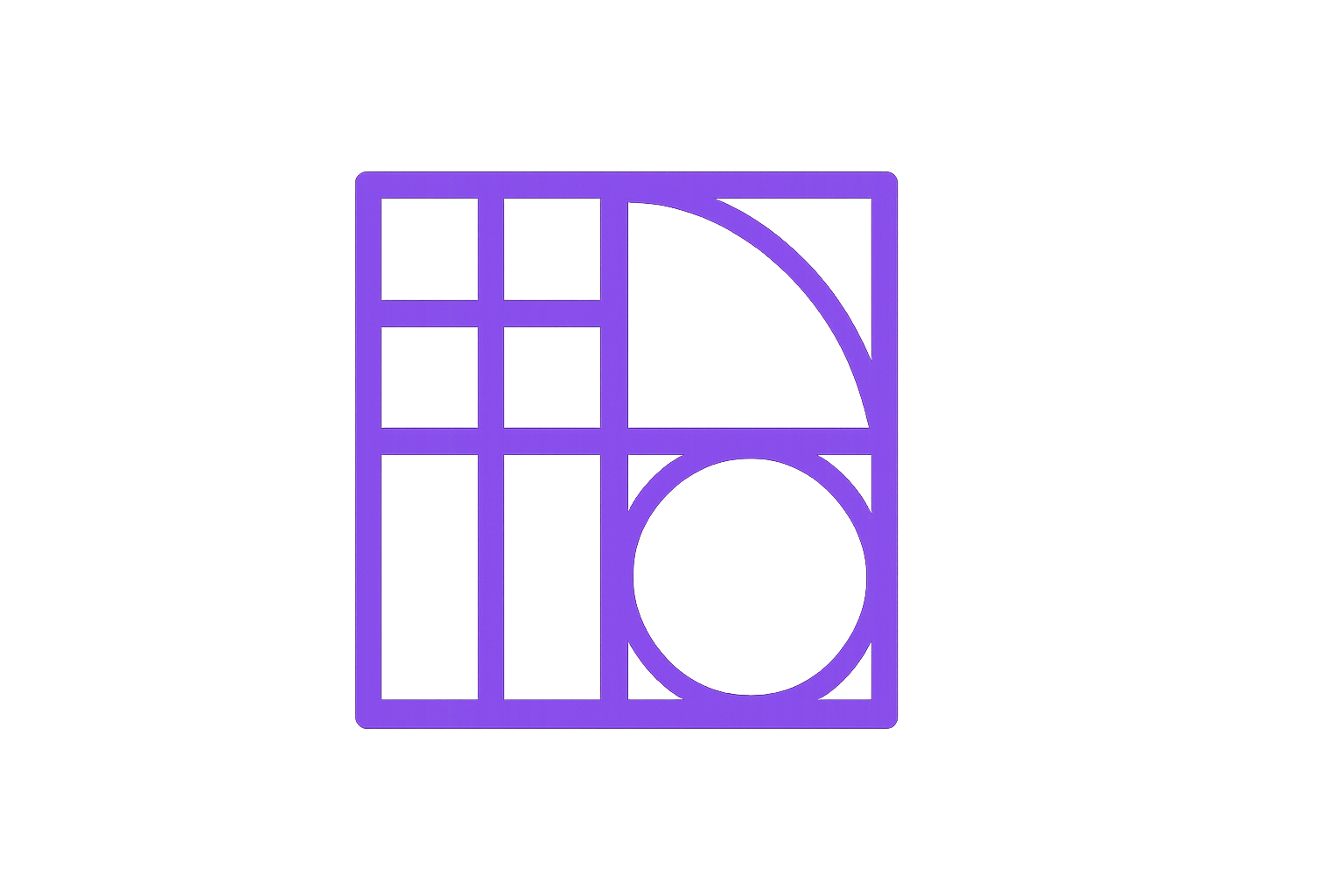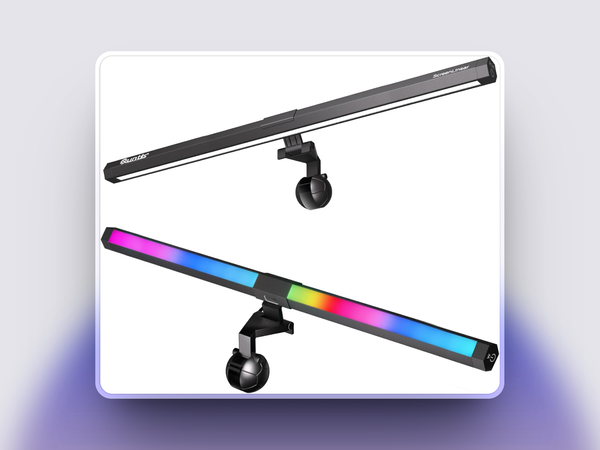Over the past few weeks since the unveiling of UI3 at Config 2024, the design community has been discussing Figma's new interface. A lot.
Some discussions are positive, and others, not so much. There's a growing sense that many valid opinions and suggestions are being dismissed in favour of a redesign that feels superficial at best.
While it's clear that UI3 is a significant shift in some aspects, many voices in the community have expressed concerns that transcend these mere aesthetics. The debate often refers to a recurring sentiment: "I don't like it."
The irony is that designers should be quite familiar with this sentiment from users whenever something new is released. Initially, feedback is often negative, but with time, people usually come to see that the design changes make sense and improve their lives.
For me, the frustration isn’t just about UI3 itself, but rather the priorities that guided its development. It's perplexing to see such a massive overhaul of an interface that already worked well enough, especially when there are numerous features that could have had a more substantial impact on our day-to-day workflow as designers.
In addition to that, might it have been better to incrementally tweak the interface over time rather than launching everything all at once? Yes, incremental tweaks might have been better, allowing users to adapt gradually and reducing potential negative feedback.
So with that said, let's look at the UI3 update through the lens of design principles and functionality.
Why the Redesign?
According to Figma, UI3 aims to simplify the design experience and make it more approachable. The redesign focuses on:
- Providing more control over the interface with resizable and collapsible panels.
- Emphasising the work on the canvas.
- Improving the intuitiveness of features through better placement and grouping.
- Adding consistency across Figma’s product suite, making it easier to switch between tools like FigJam, Dev Mode, and Figma Slides.
While the new features and reorganised interface have good intentions, it's important to think about how they affect everyone. Many designers feel that the changes look nice but don't really meet their everyday needs.
The Effort Behind UI3
So there’s no doubt that a tremendous amount of effort went into the creation of UI3.
Endless meetings, design iterations, and development hours were spent to bring this beta version to life. Hopefully, users were involved in this process too. Yet, it feels like a missed opportunity.
So what changes are included?
The redesign includes a reorganised navigation panel, a more "accessible" toolbar, and a properties panel that groups features more logically. It also introduces AI capabilities through the new actions menu and enhances the properties panel with resizable sections and clearer property labels.
While UI3 introduces some handy features and a fresh look, many of us are left wondering why this redesign was prioritised over enhancements that could have significantly streamlined our design processes.
What The Community Wants
Here are some of the features that, in my opinion, should have taken precedence. These changes would make a big difference in everyday use and improve the overall experience for everyone.:
- Real Breakpoint Support: Adapting designs for different screen sizes is a fundamental part of modern web design. Real breakpoint support would drastically improve our workflow.
- Margin and Padding Support: Enhanced control over spacing would lead to more precise and cleaner designs.
- Real Grid/Table Support: Designing with grids and tables is a core aspect of layout design, and stronger support for these elements is crucial.
- Stronger Flex Emulation: The ability to reflow elements at different sizes, not just wrap them, would offer a more dynamic and responsive design experience.
- Project-specific Tooling: Being able to mark projects as for Web, iOS, or Android, with corresponding tooling, would tailor our environment to the needs of each project.
- Easier Tints and Shades Creation: Simplifying the creation of tints and shades for design systems would save time and ensure consistency.
- Streamlined Variables Interface: Making the variables interface less cumbersome would make managing design tokens much smoother.
- Improved Input Focus: Ensuring the keyboard focus is intuitive and predictable would enhance usability, especially in repetitive tasks.
- Component Override Clarity: Providing detailed information on component overrides would give us better control over our designs.
- Aspect Ratio Locking: Allowing elements to scale while maintaining their aspect ratio is a basic yet essential feature.
- AI Suggestions for Design Efficiency: Leveraging AI to suggest improvements and efficiencies in our design systems could revolutionize our workflows.
- Bug Fixes: Prioritising the fixing of existing bugs would improve the overall stability and user experience of the platform.
Agree or disagree? Let me know in the comments below.
Moving Forward
As we keep exploring UI3, it’s important to give constructive feedback.
By focusing on specific design principles and functionality, we can help shape Figma’s future development to better support our design needs. While UI3 is a new direction, we hope future updates will add the features we really need.
If UI3 isn’t working for you yet, you can always switch back to the old UI, but at some point, that won't be an option. Let’s keep the conversation going and keep pushing for improvements that will improve our day-to-days lives as designers.












